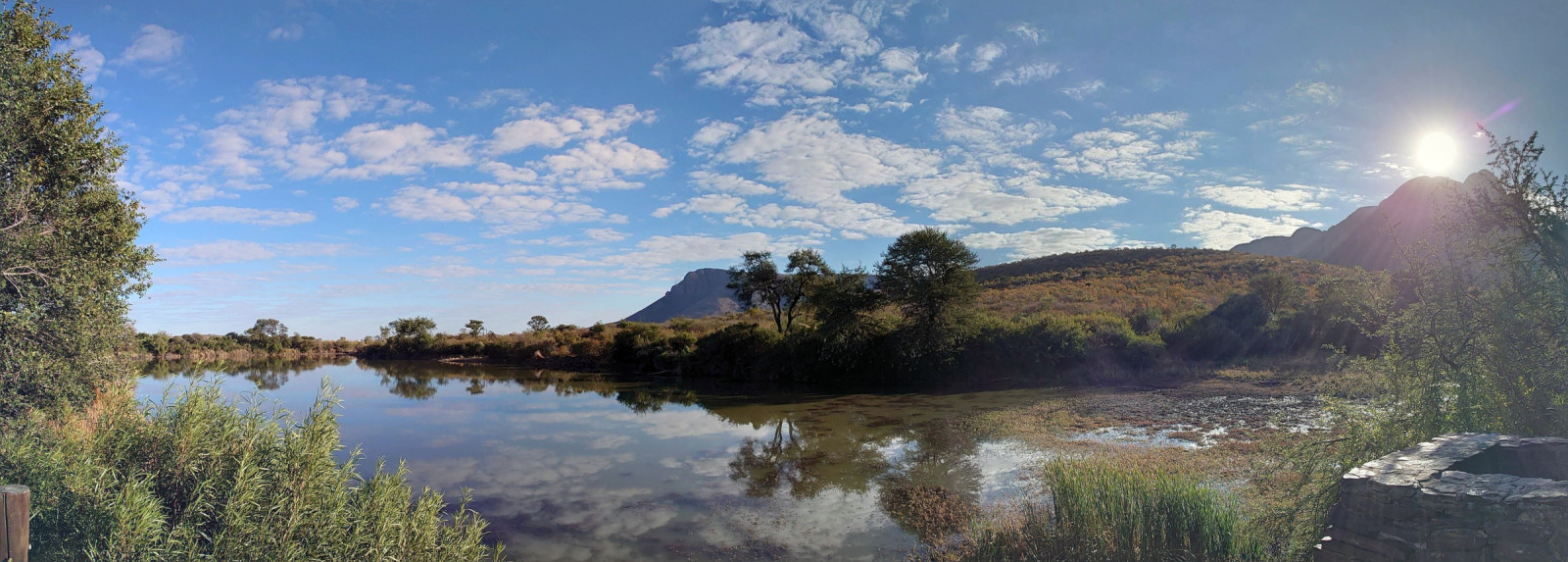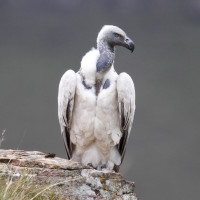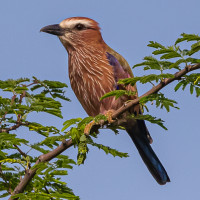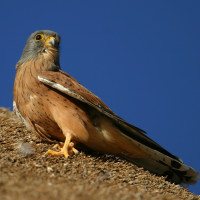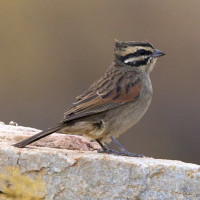Descripción
Marakele National Park is set in the heart of the Waterberg Mountains in the scenic Limpopo Province, South Africa. Guests can see 4 of the Big Five, abundant birdlife and flora. The Tswana name Marakele or 'place of sanctuary' is a fitting name for this South Africa National Park where guests can enjoy game drives and walks whilst exploring majestic mountain landscapes, grass-clad hills and deep valleys.
Located in the transitional zone between the dry western and moister eastern regions of South Africa, Marakele National Park is a birding haven where visitors can see closely related species alongside one another such as Southern Boubou and Crimson-breasted Gonolek. Perhaps the biggest attraction is the largest colony of Cape Vulture in the world (around 800 breeding pairs).
Marakele is also an excellent place to look for raptors, with many species using the updraft generated off the cliff faces of the Waterberg Mountains to ride thermals. Other species to look out for are African Harrier-Hawk, Jackal Buzzard, Black Goshawk and several eagle species including Verreaux's Eagle and African Hawk-Eagle. A future development will allow visitors access to the many iron-age sites in the park.
This Limpopo Nature Reserve in South Africa is home to Elephant, Black and White Rhino, Lion, Leopard and Brown Hyena. Resident antelope include Sable, Kudu, Eland, Impala, Waterbuck and Tsessebe. Chacma Baboon and Vervet Monkey are two species to be watched carefully for mischief, especially around the rest camps. Nature lovers can also discover the incredible variety of indigenous and rare flora in Marakele National Park.
Detalles
Accesso
Marakele National Park is about 3 hours drive north of Johannesburg. North of the reception complex and camping site can be traversed in a normal sedan, as can the entrance roads to the safari tent camp and bush camp. The narrow track up to the massif is also accessible to sedan cars. Most other roads will present difficult terrain and are suitable for 4x4 vehicles.
No driving at night is allowed in the park. Visitors are not allowed to get out of their vehicles except at places indicated on the map by the park receptionist. A general speed limit of 30 km per hour (19 miles) must be maintained within the park boundaries and no off-road driving is permitted.
Terreno y habitat
Bosque , Árboles y arbustos dispersos , Pradera , Meseta , Montaña , Lago , ValleCondiciones
Montañoso , Rocoso , Paisaje abiertoCamino circular
Sí¿Se necesita telescopio?
Puede ser útilBuena época para el avistamiento de aves
Todo el añoMejor momento para visitar
Verano , InviernoRuta
Camino pavimentado , Camino sin asfaltarCamino difícil de andar
Caminata mediaAccesible vía
Coche , A pieEscondite de observación / plataforma
SíInformación extra
Summers in the Waterberg region are hot but the area does not suffer from the stifling humidity typical of the eastern Lowveld.
To stay in the National Park, you have two choices: Bontle Rest Camp and Tlopi Tented Camp. I can recommend Tlopi Tented Camp for birdwatchers. In the morning, you will be treated to the presence of African Jacana, Black Crake, Village Weaver, Chinspot Batis, African Fish-eagle, etc. You may also be lucky enough to spot a group of Hyenas or an African Civet in the morning.
Bring supplies with you, since there is no shop in the park. Thabazimbi town has a shopping mall (Thaba Mall) and a lot of other shops were you can get food and essentials.
